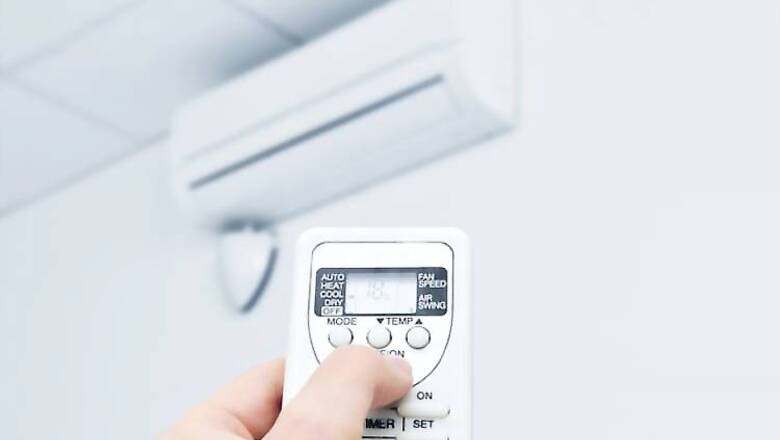
views
Every year with the onset of summers, one electronic product that makes to the buying list of a lot of consumers is the air conditioner. Humid summers or the extremely dry ones, air conditioners have become indispensable in places where temperatures soar up to a sweltering 50 degrees.
With scores of air conditioners available in the market, with varying sizes and price tags, it might be difficult to understand which type is suited for what purpose. Read on to better understand the different type of air conditioners available for consumers in the market and the purpose they have been designed for.
1. Window AC
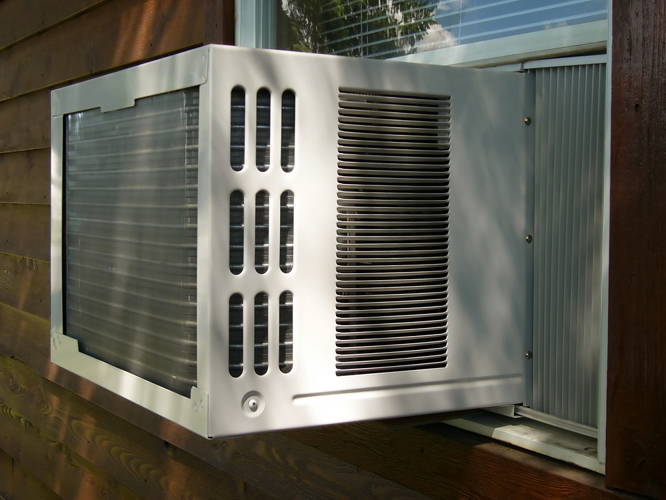
Image: Shutterstock
One of the most budget-friendly options when it comes to tackling the summer heat, these types of air conditioners or ACs are designed to be fitted in window sills. These are relatively compact and require less effort for installation. Window ACs include all necessary components like compressor, condenser, expansion valve or coil, evaporator and cooling coil, all enclosed in a single box. However, given the size of the ACs and all components in a single unit, they require regular cleaning and maintenance.
2. Split AC
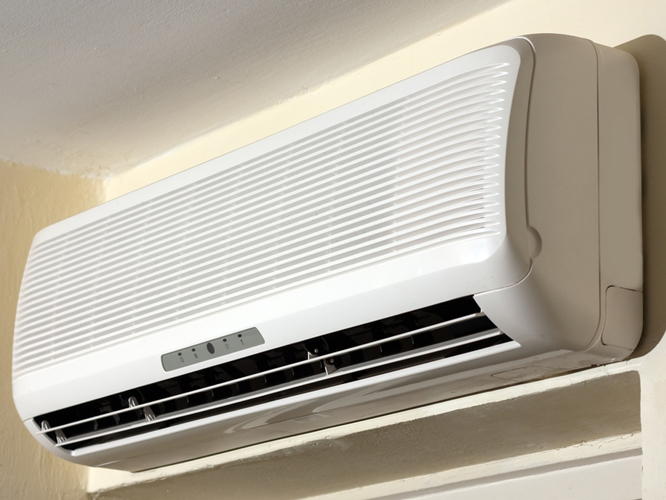
Image: Shutterstock
As the name suggests, these type of air conditioners have two units - external and internal. The external unit, installed out of the house, contains the compressor and is linked to the internal unit via pipes and electric cables to throw out the warm air, while the internal unit, installed inside a room, intakes warm air and throws in the cold air. The split ACs are relatively less noisy, are available in a variety of designs to match the home décor, and are apt for rooms that lack windows. However, installing split ACs requires more time and effort as compared to Window ACs.
3. Tower AC
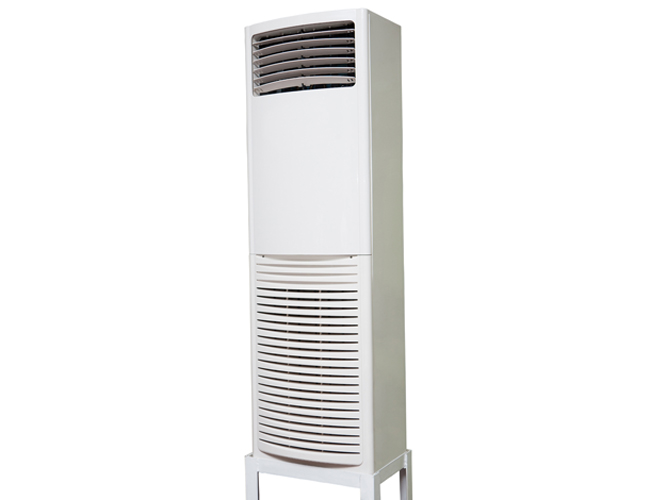
Image: Shutterstock
These ACs can be considered akin to trolley coolers, but different in build. The tower ACs are portable and comprise two units- internal and external. While the indoor unit can be placed at any corner of the room, the outdoor unit is installed outside the house to throw out the warm air. Although these ACs are highly efficient when it comes to cooling the rooms, they tend to occupy floor space and hence are not ideal if you have a space crunch.
4. Centralised/cassette AC
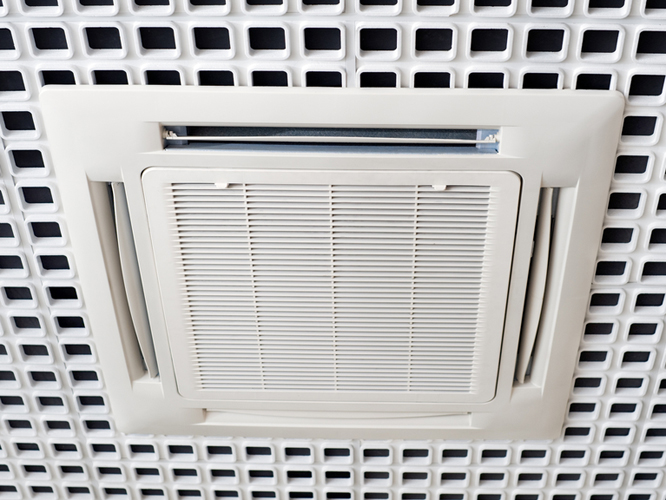
Image: Shutterstock
These ACs are ideal for use in large rooms where split ACs aren’t sufficient. Shaped like cassettes, these ACs provide powerful cooling, don’t usually require ducting, and are silent. As these are fixed in the ceiling, they also help you economise on the space. However, these type of ACs require installation efforts for false ceiling.
5. Cube AC
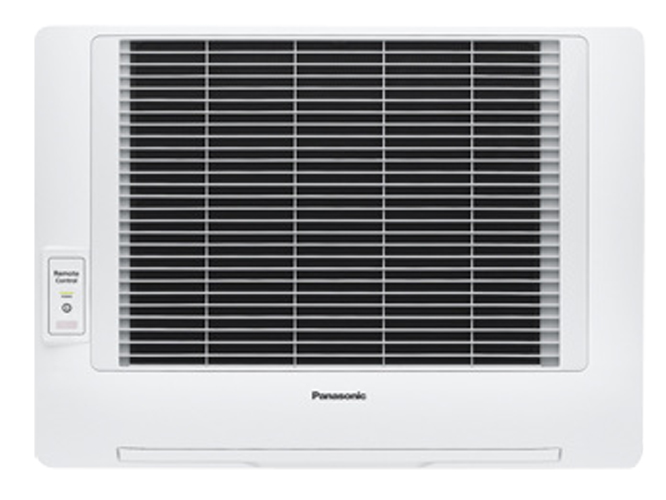
Introduced by Panasonic, these ACs can be best understood as a hybrid of cassette and split AC as they are installed close to a ceiling or at the window level. A cube AC also comes with two units where the internal unit features a diagonal propeller fan for cooling while the outdoor unit throws out the warm air. These type of ACs provide powerful cooling. The distinguishing factor from split ACs is that the cube ACs are cheaper than the former.
6. Inverter AC
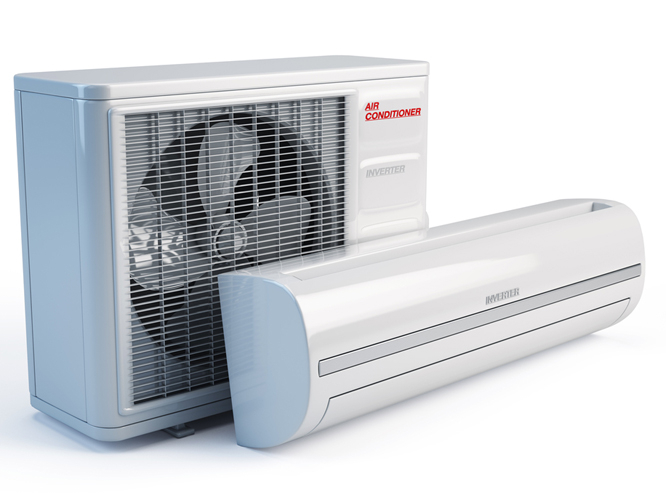
Image: Shutterstock
A fairly new entrant, this type of AC comes with an inverter that is used to control the compressor based on the temperature the AC unit is set on. Unlike non-inverter ACs in which compressors run on their maximum capacity, the inverter ACs provide you the flexibility to adjust the settings based on the needs. This in turn helps in lowering power consumption and cutting down on bills. An expensive investment at first, inverter ACs are less prone to breakdowns and hence, more economical in the longer run.



















Comments
0 comment